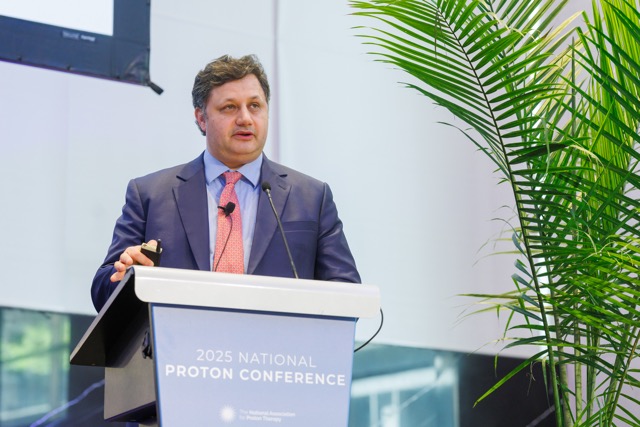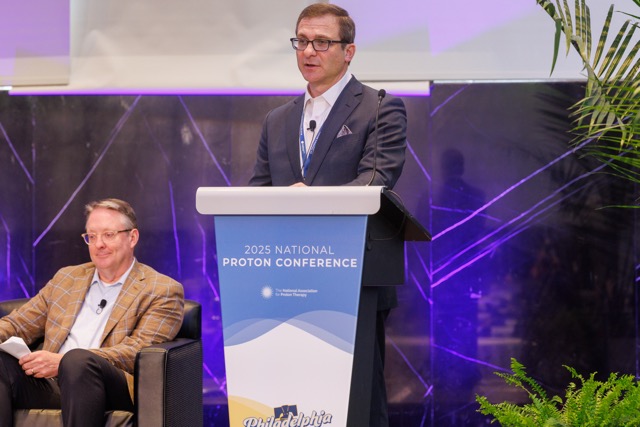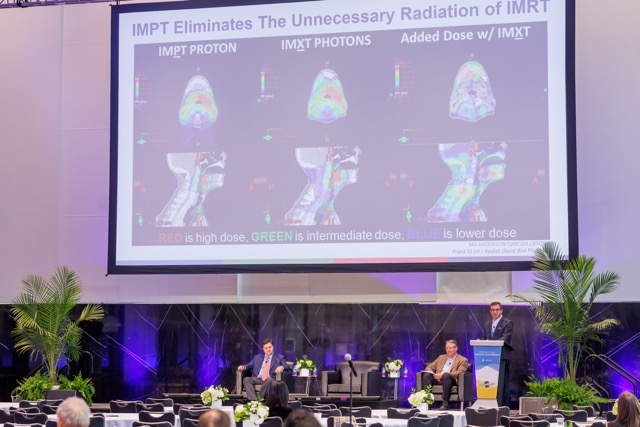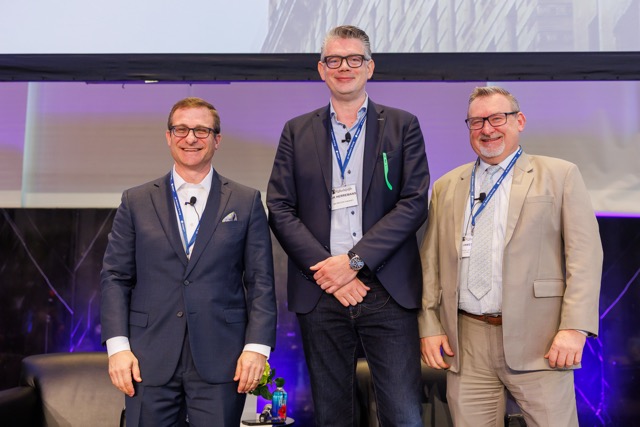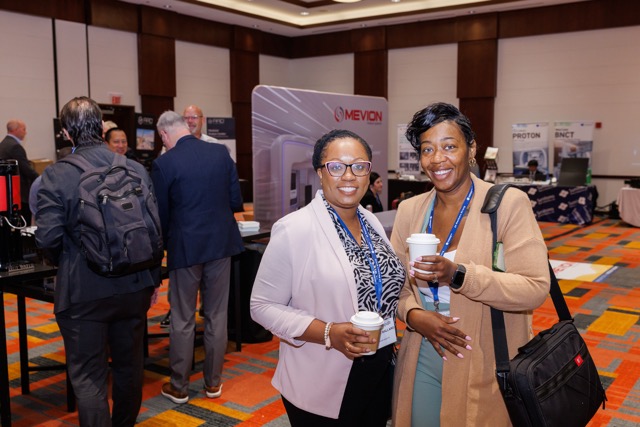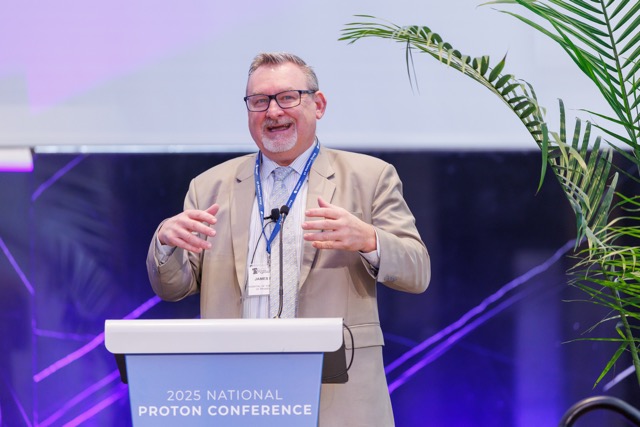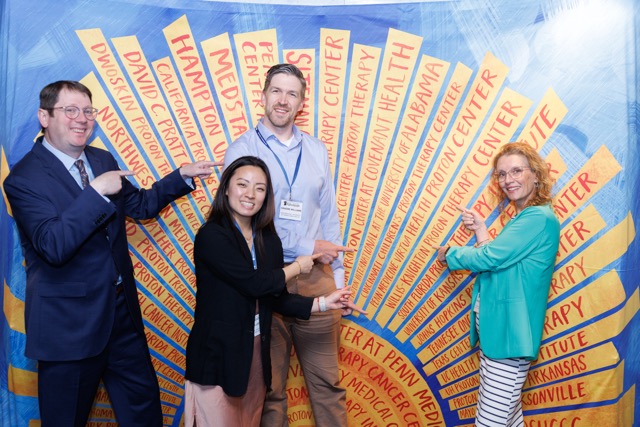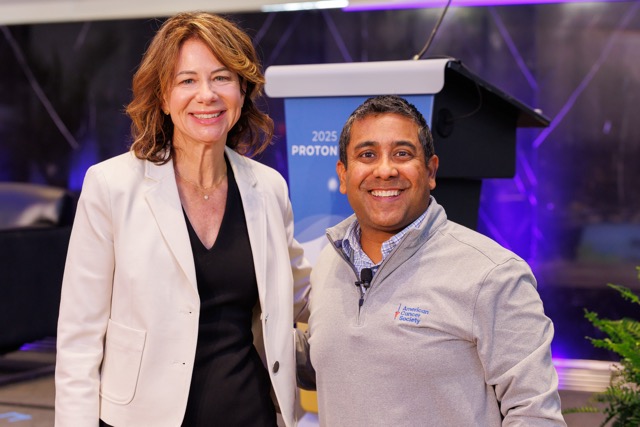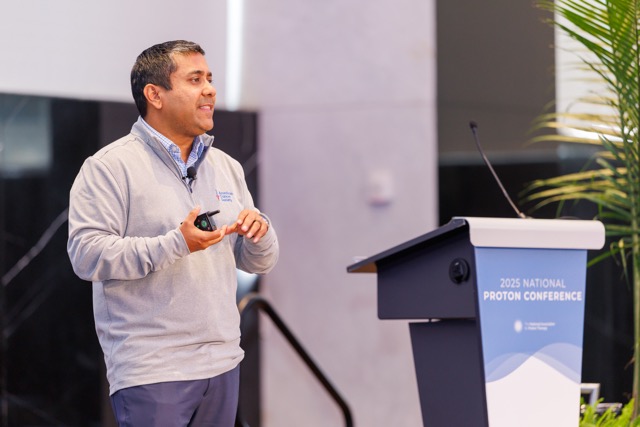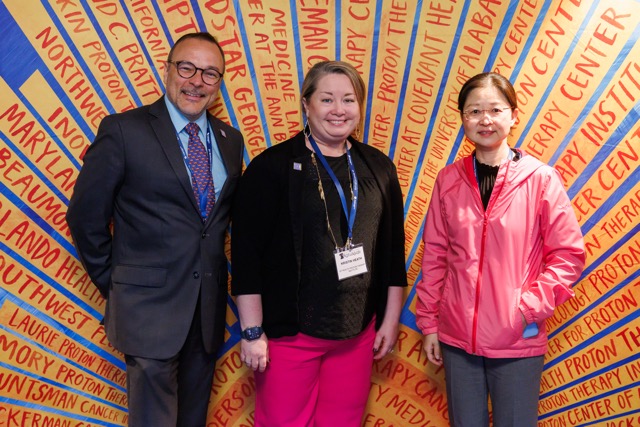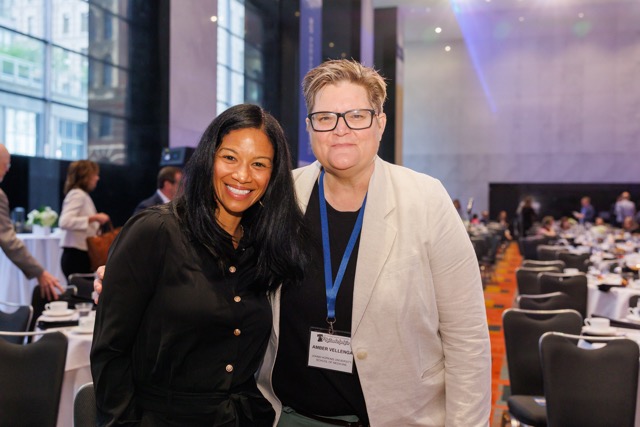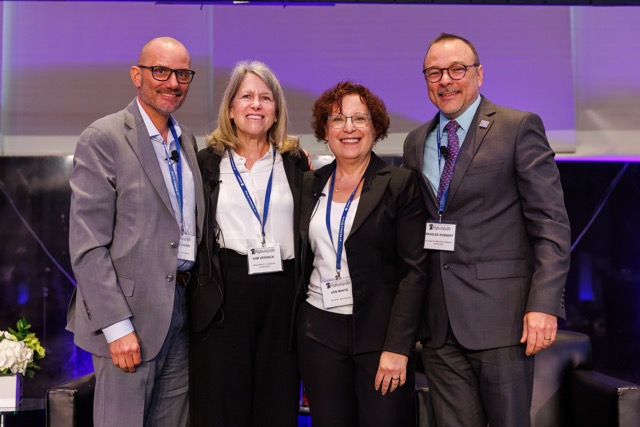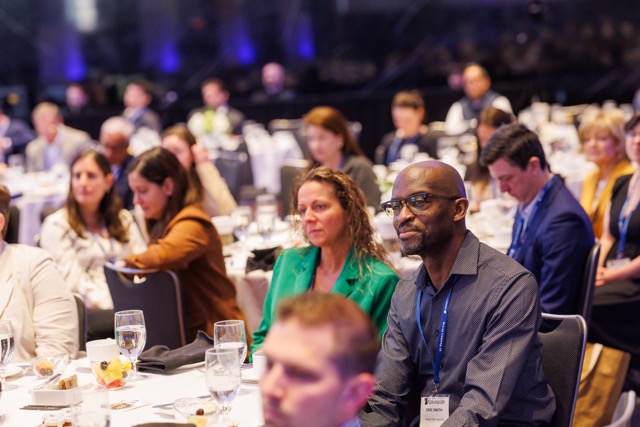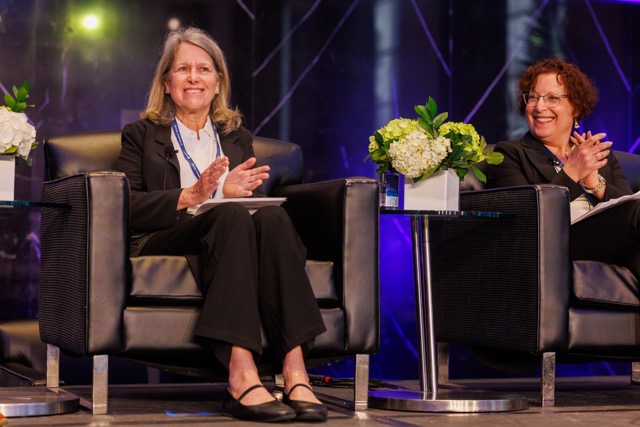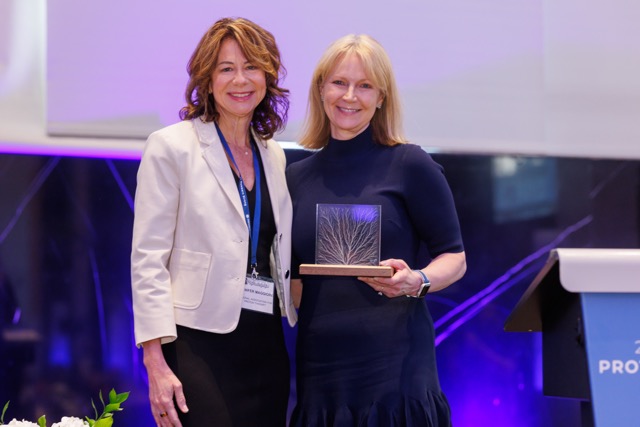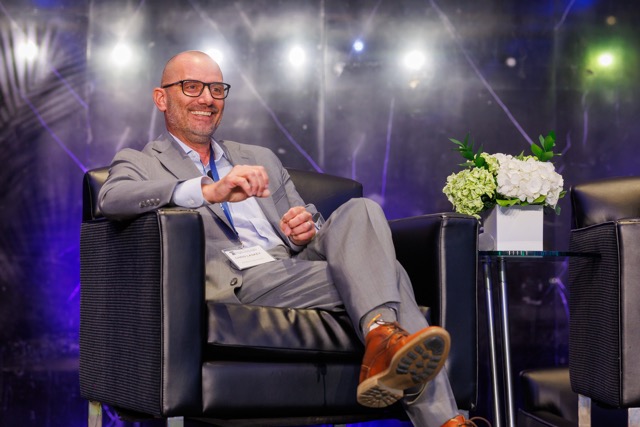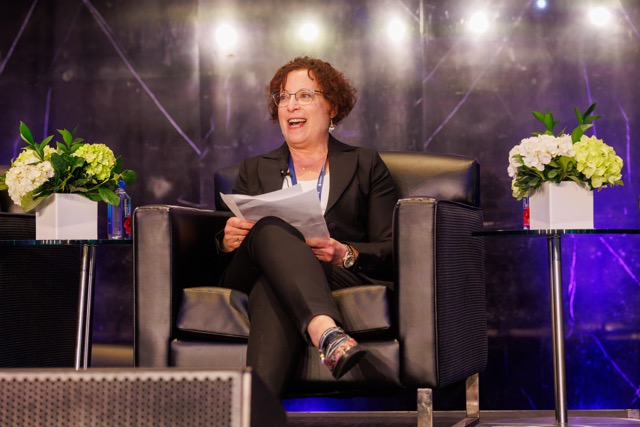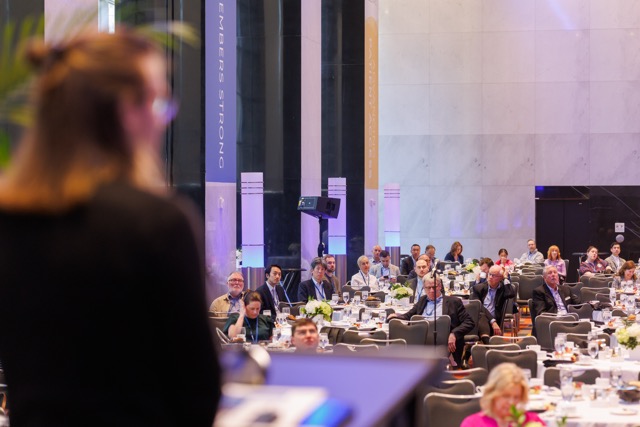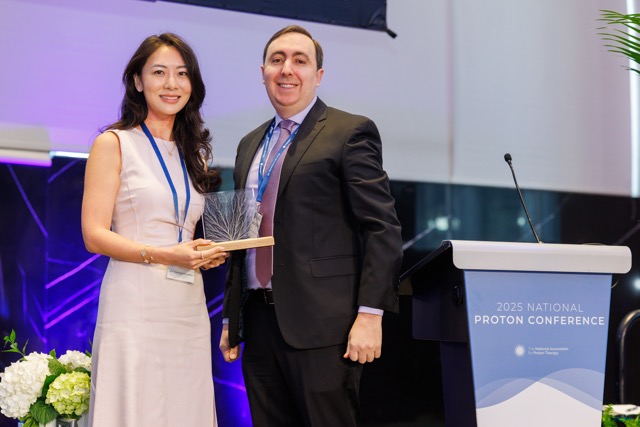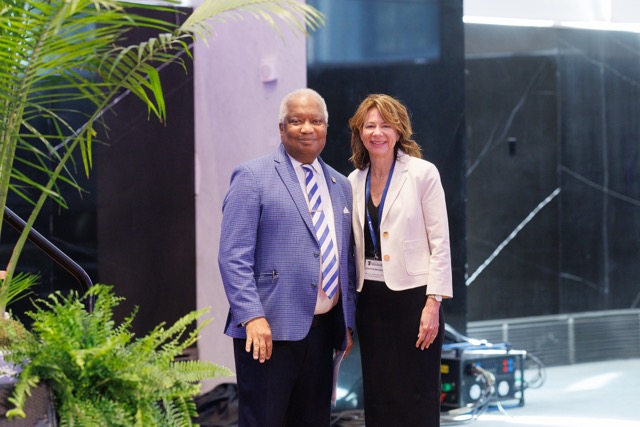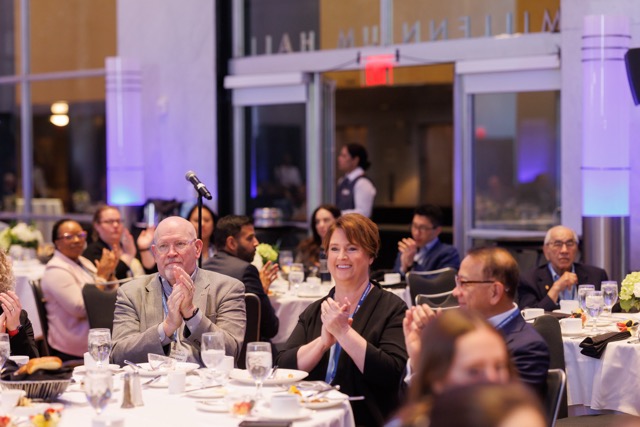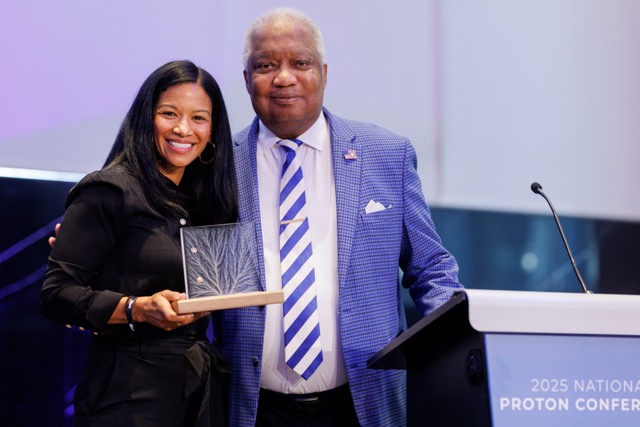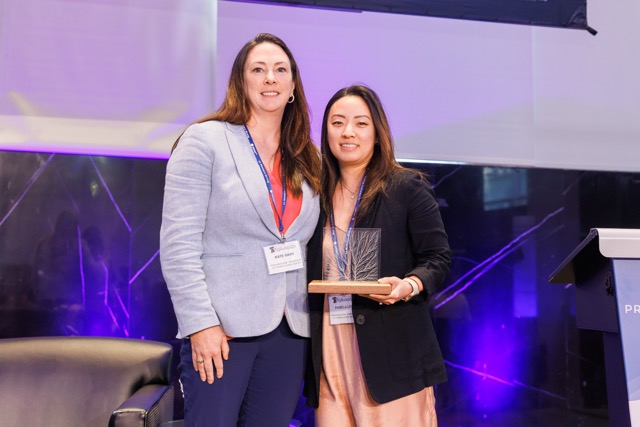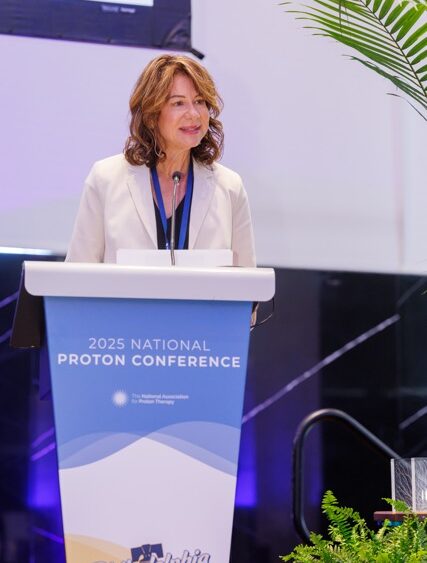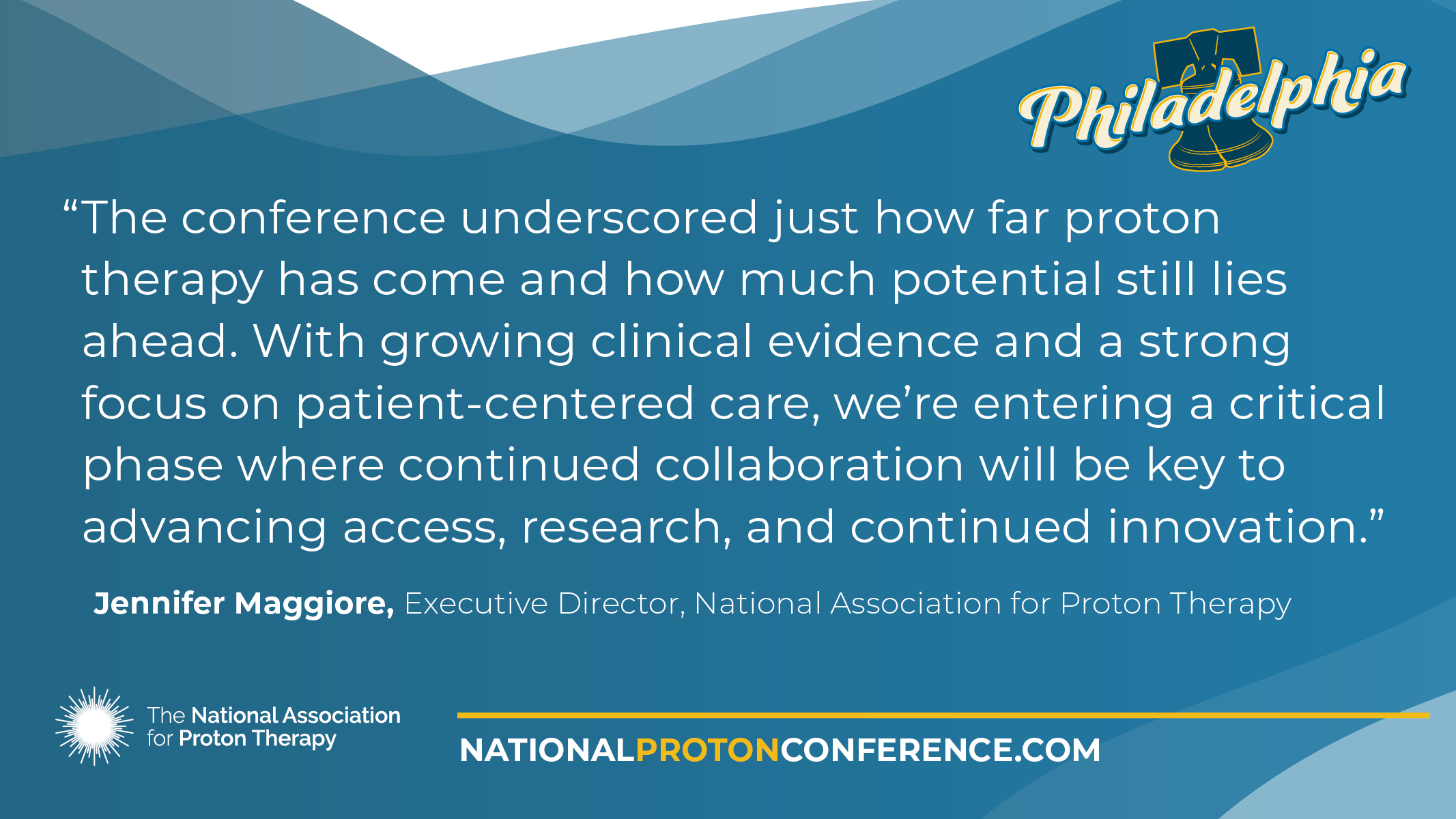 Philadelphia, PA — Against a backdrop of growing clinical evidence and a sharpened focus on advancing patient access, leaders in radiation oncology gathered at the 2025 National Proton Conference (NPC) to chart the future of proton therapy. Hosted by the National Association for Proton Therapy (NAPT), this year’s meeting underscored a central theme: proton therapy is at a pivotal moment, and the path forward will be shaped by evidence, innovation, and patient-centered practice.
Philadelphia, PA — Against a backdrop of growing clinical evidence and a sharpened focus on advancing patient access, leaders in radiation oncology gathered at the 2025 National Proton Conference (NPC) to chart the future of proton therapy. Hosted by the National Association for Proton Therapy (NAPT), this year’s meeting underscored a central theme: proton therapy is at a pivotal moment, and the path forward will be shaped by evidence, innovation, and patient-centered practice.
Research Driving the Future
A major focus of NPC 2025 was strengthening the clinical evidence base for proton therapy. New findings presented during the conference are expected to have lasting impact on how proton therapy is positioned within cancer care guidelines and payor frameworks.
Dr. Steven Frank (MD Anderson) presented results from a randomized Phase III trial demonstrating a significant ten-year overall survival benefit for oropharyngeal cancer patients treated with proton therapy. Importantly, the study also found proton therapy to be more cost-effective than intensity-modulated radiation therapy (IMRT), addressing a longstanding barrier to broader adoption. Dr. Brian Baumann (Washington University in St. Louis) followed with a large retrospective study that further reinforced proton therapy’s cost-effectiveness and higher survival rates in the long term with proton therapy.
These data points were widely regarded as major inflection points for the field. One speaker summarized the sentiment: “These studies should help fuel enthusiasm in the community and strengthen our case with patients, policymakers, and payors.”
A Renewed Focus on the Patient Experience
NPC 2025 placed significant emphasis on elevating the patient voice within the future of proton therapy. A patient panel opened the final day, where three local advocates shared their experiences navigating diagnosis, treatment, and survivorship. Their stories provided an urgent reminder that clinical innovation must be matched by investments in support systems, equity of access, and long-term survivorship care.
This focus was expanded during the keynote address by Dr. Arif Kamal, Chief Patient Officer at the American Cancer Society. Dr. Kamal challenged the proton community to embed patient-centeredness into every facet of care delivery, positioning support services and equity as essential components of clinical success, not secondary concerns.
The message resonated throughout the conference: advancing proton therapy must go hand-in-hand with improving the patient experience at every stage of care.
Strategic Vision and Center Identity
Throughout the week, leaders stressed the importance of understanding and embracing the individuality of each proton center. During a clinical strategy session featuring Dr. Charles Simone (New York Proton Center), Dr. James Metz (Penn Medicine), Mark Pankuch (Northwestern Medicine), and Dr. Helen Shih (Mass General), a consistent theme emerged: no two proton centers are identical.
As proton therapy continues to scale, successful growth strategies will recognize and build on each center’s unique clinical focus, patient population, and operational model. The future of the field will be shaped by flexibility, innovation, and responsiveness to the needs of diverse communities.
Building Infrastructure for Growth
Infrastructure expansion was also a major theme of the conference. Penn Medicine hosted a groundbreaking ceremony for a new proton center at Presbyterian Hospital, marking a significant investment in expanding access to cutting-edge radiation oncology.
Industry discussions throughout the conference focused on how smarter design, operational efficiency, and strategic integration will help broaden availability without sacrificing clinical excellence.
A Field Moving Forward
The 2025 National Proton Conference reflected a community focused on translating evidence into action. With new clinical data strengthening the case for proton therapy, growing institutional investment, and a sharpened commitment to patient-centered care, the future of the field looks increasingly defined by opportunity rather than limitation.
The work to expand access, improve outcomes, and elevate proton therapy’s role in modern oncology is already underway. That momentum will continue at the 2026 National Proton Conference in Nashville, as the community builds on the progress made in Philadelphia.



